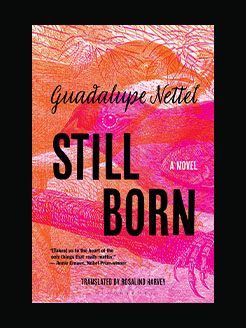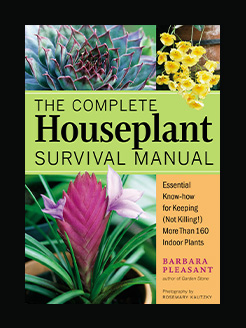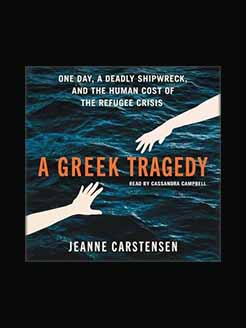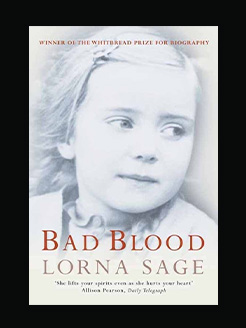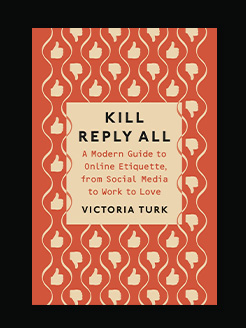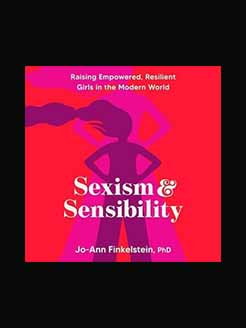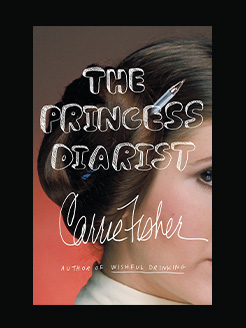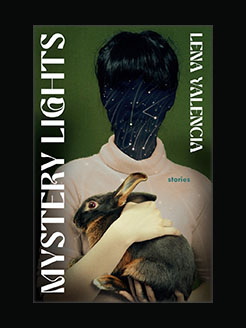Published in 1991
607 pages
Mary DuBose Garrard (born 1937) is an American art historian and emerita professor at American University. Best known for her groundbreaking feminist scholarship, Garrard has drawn on feminist theory and activism to illuminate and reinterpret art of the Italian Renaissance-Baroque period. Her publications include two books and other writings on Artemisia Gentileschi, work that pioneered modern scholarship on a major 17th century Italian artist; and her most recent book, Brunelleschi’s Egg: Nature, Art and Gender in Renaissance Italy (2010). With Norma Broude, she co-edited four books on feminism and art history that have become basic texts in American universities; and co-curated the recent exhibition Claiming Space: Some American Feminist Originators for the AU Museum, Katzen Arts Center. Garrard has lectured extensively on Renaissance art, feminist art, and feminist issues in universities, colleges and museums across the country. She was one of the leaders of the feminist movement in art professions, and was the second national President of Women’s Caucus for Art.
What is this book about?
Artemisia Gentileschi, widely regarded as the most important woman artist before the modern period, was a major Italian Baroque painter of the seventeenth century and the only female follower of Caravaggio. This first full-length study of her life and work shows that her powerfully original treatments of mythic-heroic female subjects depart radically from traditional interpretations of the same themes.
